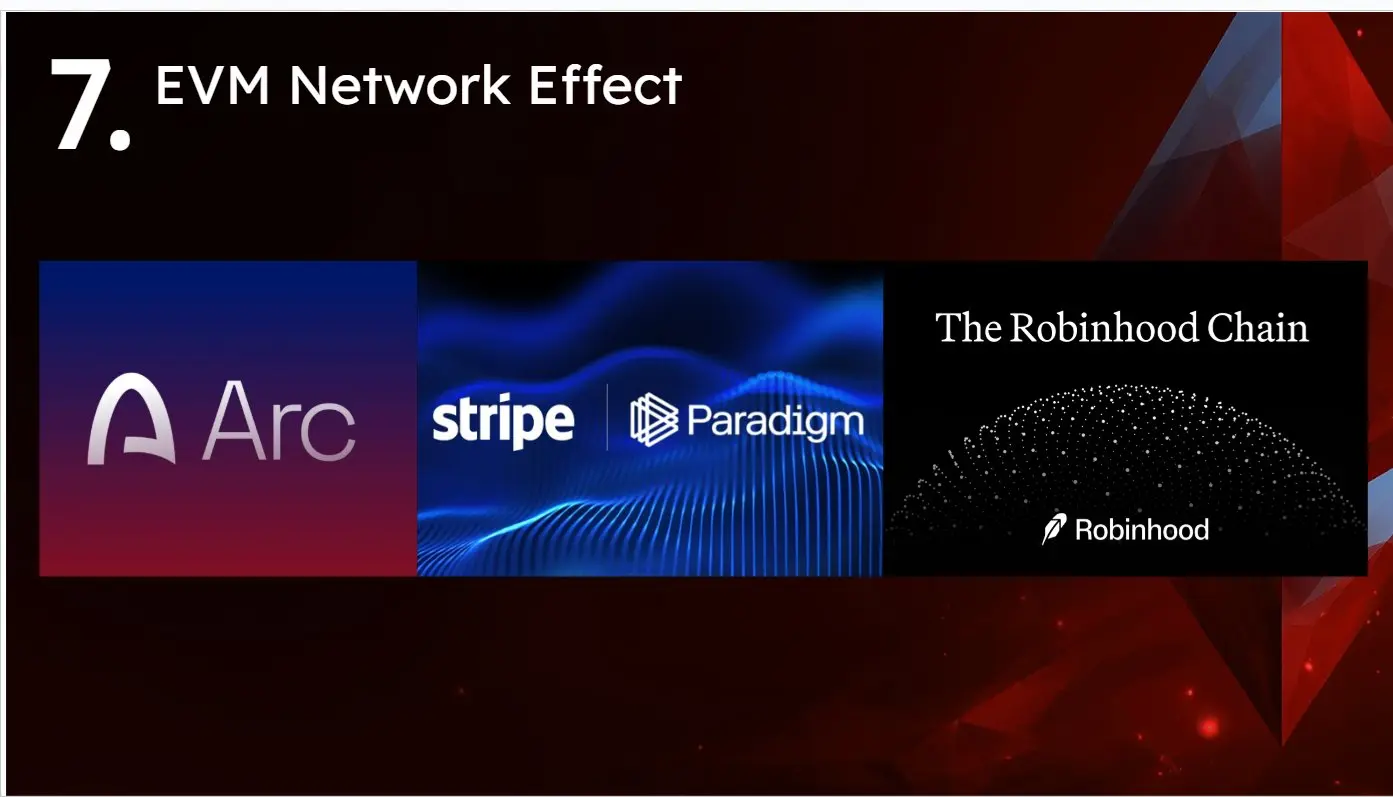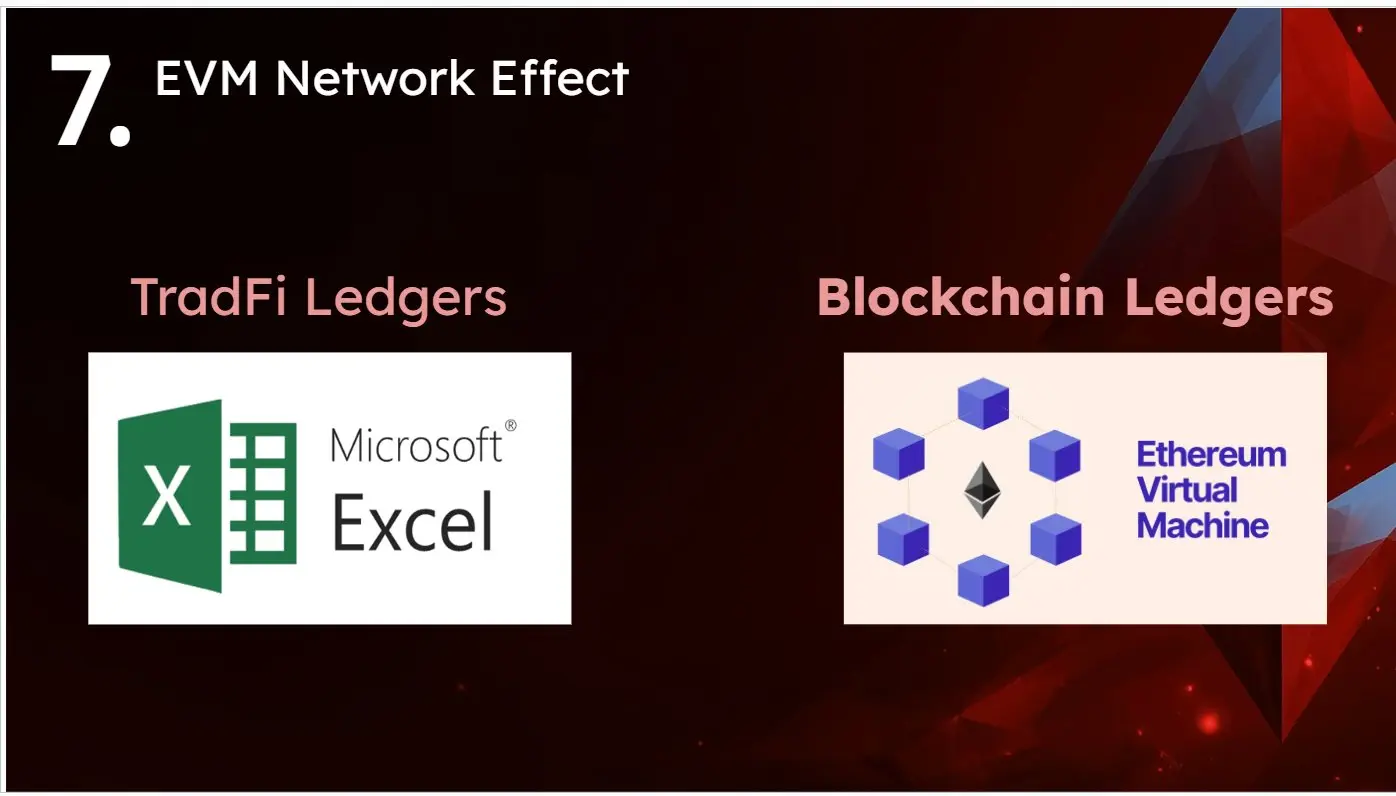Author: David Hoffman, Crypto KOL
Compiled by: Felix, PANews
Recently, both Circle and Stripe announced the launch of L1 public chains:
- Circle's new L1 public chain, Arc, is an EVM-compatible L1 chain with 20 licensed validators from regulated and trusted institutional alliances.
- Stripe is building an L1 public chain that may use Paradigm's RETH client—a high-performance Ethereum client built with Rust. Matt Huang, the founder of Paradigm, is a board member at Stripe and has likely contributed significantly to the development of the Stripe chain (named Tempo).
The recent discussions on crypto Twitter can essentially be summarized as: "Is this good or bad for cryptocurrency? Is this good or bad for my holdings?"
Personally, I find permissioned L1s extremely uninteresting. The value and "main narrative" of cryptocurrency lie in open-source software, and Ethereum is at the core of that story.
Building a permissioned L1 is far removed from the main narrative of cryptocurrency and even seems irrelevant. For Circle and Stripe, blockchain technology is merely being used as a database structure, nothing more.
Will Arc and Tempo issue L1 assets?
If they do issue assets, it would indicate a decentralized intent, making these chains appear more interesting. However, at this point, without further data, it is reasonable to assume that neither chain will issue L1 assets but will instead serve as private intranets for backend applications used for stablecoin settlements.
There is also a law in the crypto space: if something can issue a token… it eventually will (like Base), so ignoring this possibility is unrealistic. If these enterprise-level L1s eventually issue tokens, they would be taking a step towards becoming open-source decentralized developer platforms, which is closer to the main narrative of cryptocurrency.
Will Stripe and Circle try to encourage developers to build on their chains?
If developers are not rewarded or are not part owners of the chain, will they be willing to develop on someone else's blockchain? Stripe already has a large developer community… but that is a Web2 developer community building Web2 frontends and e-commerce sites. Will this translate into encouraging Web3 developers to build on Tempo? Is the value of developing on Tempo greater than that of developing on Ethereum or any of its L2 networks?
Perhaps these chains will remain as permissioned consortium chains without L1 assets, merely stripping away the business logic backend of Visa, Mastercard, and Swift to build their own settlement networks.
All these questions remain unanswered and unclear, so I personally think it is too early to discuss whether "this is beneficial for BTC, ETH, SOL, or the entire crypto industry."
What is undeniable is that these enterprise-level L1 chains are beneficial for the Ethereum Virtual Machine (EVM).
The following is a slide from a presentation at the Ethereum NYC conference this week:

It all started with the Robinhood chain, which is the first case of a TradFi company building and owning an EVM instance. Robinhood has hired EVM developers, and understanding the EVM has now become central to Robinhood's business. Now, Circle and Stripe have also joined the ranks of TradFi, having hired and managed EVM talent within their corporate structures.
The key point is: every traditional financial company venturing into cryptocurrency needs to hire EVM developers. For traditional financial companies, understanding the EVM has become a prerequisite for upgrading their backend logic to adapt to the blockchain future.
Just as Microsoft Excel supports traditional finance, the EVM is the new generation of ledger software that Wall Street needs to enrich its talent pool to maintain market share and avoid being disrupted by innovations on Ethereum.

Once you delve into Ethereum, you will find that all roads ultimately lead to the value capture of ETH, and this is one of the pathways. Although very indirect and subtle, the expansion of the EVM empire will ultimately bring appreciation to the asset at the center of the EVM: ETH.
Related reading: Ten Core Reasons to Be Bullish on Ethereum
免责声明:本文章仅代表作者个人观点,不代表本平台的立场和观点。本文章仅供信息分享,不构成对任何人的任何投资建议。用户与作者之间的任何争议,与本平台无关。如网页中刊载的文章或图片涉及侵权,请提供相关的权利证明和身份证明发送邮件到support@aicoin.com,本平台相关工作人员将会进行核查。




